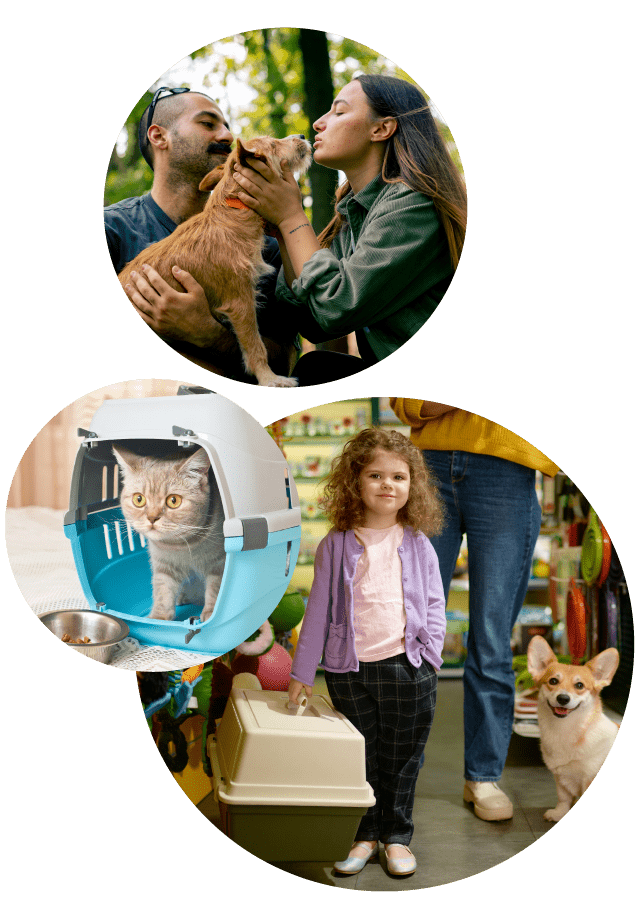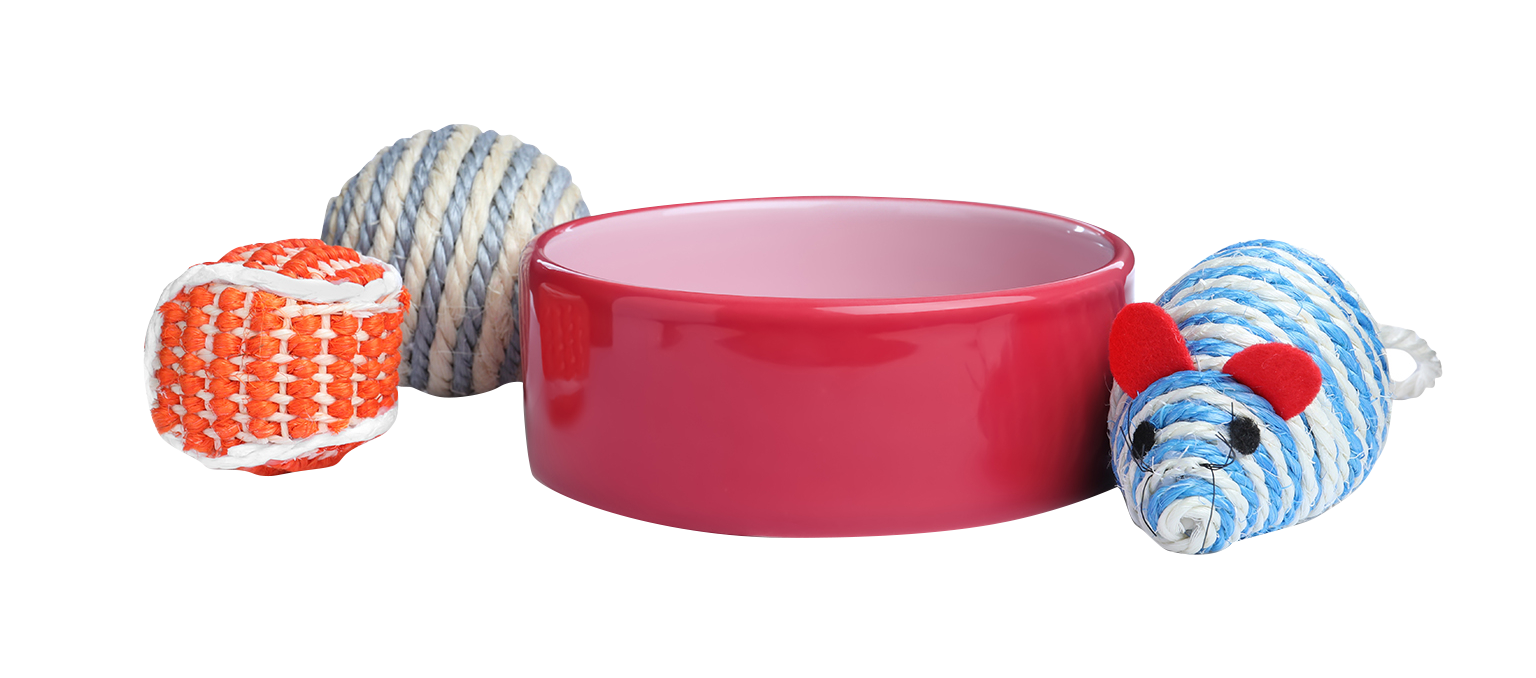Pet Ownership
Pets being part of the family has become a common sensibility across the United States, supported by doting “pet parents” and bolstered by a whole genre of cute videos online. As such, pets have a lot more products devoted to them than a couple of bowls, a collar, a leash and maybe a cushion to sleep on.

Today, manufacturers make furniture so that dogs can have their own little rooms inside an end table for watching streaming videos on the family flat screen and cats have constructions that are almost castles with cozy little rooms and open ledges connected by ramps and other means of feline locomotion. In other words, consumers are buying a lot of pet stuff, and that’s not even considering birds, fish, reptiles, arachnids, ferrets, pigs and even the occasional tiny horse. Under these circumstances, celebrations of new pet ownership are likely and maybe even inevitable.
An occasion celebrating new pet ownership among family and friends is at least somewhat likely for 31% of Occasions survey respondents, a substantial proportion but down three points from the survey last year. For themselves, respondents said the likelihood was 27%, down from 29% last year.
Yet, the proportion of consumers saying they would purchase a home and housewares gift for a party for a new pet was the same year over year at 27%. Given the nature of pets, it makes sense that the most popular category of gifts associated with a new pet occasion was cleaning or home environment products at 42%, followed by organization or home decor at 25% and bathroom or personal care products at 20%. Gift cards were the top choice for 27% of consumers.
Some home and housewares gift-givers were thinking about kitchen products for the new pet occasion, with men more likely at 16% than women at 8%. Men led in the selection of bathroom or personal care products as well at 25% compared to 15% of women, bedroom products at 19% versus 12% for women and cleaning products at 43% versus 40% of women. However, women led the way in organization or home decor products at 26% versus 24% of men. Of the 27% of respondents who would buy a gift card, 28% were women and 26% were men.
October to December was the timeframe in which most respondents expected to be involved in a new pet occasion at 23%, followed closely by April to June at 22%.
When it comes to celebrating family and friends’ new pet ownership, respondents with bachelor’s degrees were most likely to have an occasion ahead of them at 36%, followed by those with a post-graduate degree at 33% and those who didn’t attend college at 30%.


In the case of family and friend new pet occasions, the age group most expecting to attend one were 35-44-year-olds at 42%, with 18-34-year-olds next at 37%.
For your friends and family, how likely is it, if at all, that new pet ownership will take place at least once in the next 12 months?

For yourself, how likely is it, if at all, that new pet ownership will take place at least once in the next 12 months?

Households earning more than $100,000 were the most likely to anticipate attending a family and friend new pet occasion at 37%, followed by those earning between $50,000 or $100,000 at 34% and those earning less than $50,000 at 29%.

By location, rural respondents were the most likely to envision a new pet event at 33%, followed by urban consumers at 32% and suburban respondents at 30%.

What general product categories of home and housewares gifts would you be likely to purchase for new pet ownership? (Select all that apply)

With respondents themselves, 35-44-year-olds again led with 37% expecting a new pet occasion in their own lives, with 18-34-year-olds coming in next at 32, and in this case, 45-64-year-olds weren’t far behind at 28%.
The probability for a pet event in the year ahead was similar across incomes, with middle-income consumers coming in at 29%, affluent consumers at 28, and lower-income consumers at 26%.
In the next 12 months, how likely is it, if at all, that you will purchase a home and housewares gift for new pet ownership?

In general, what time of year would you say you are most likely to purchase home and housewares gifts for new pet ownership?

Urban consumers were most likely to anticipate a pet event at 30%, followed by rural residents at 27% and suburbanites at 26%.


Final Thoughts
According to the United States Bureau of Labor Statistics, in an eight-year span from 2013 through the COVID-19 pandemic in 2021, when many consumers who didn’t have a pet acquired at least one, expenditures on pets in the U.S. grew from $57.8 billion to $102.8 billion, an increase of 77.9%. The bureau stated that in 2021, the consumer spend of more than $100 billion on pets topped what they spent on alcoholic beverages, which was $73.8 billion.
The American Veterinary Medical Association has stated that the total number of households, including a dog, was about 60 million, or 46% of the U.S. total, while about 42 million included a cat, about 32% of the U.S. total. The number of actual pet dogs was 90 million versus 74 million for cats. Households spend an average of $580 million on dogs and $433 million on cats. The only other category of pets that exceeds 2% of households is fish, at 2.9%.
According to Pew Research conducted in 2023, half of people who own pets consider them family members on equal terms with humans. Such thinking is more likely to spur phenomena such as pet birthdays and Christmas presents, giving even friends and relatives outside the nuclear family a chance to lavish attention and stuff on furry friends. Women, lower-income consumers and those living in urban areas are most likely to call pets family, Pew indicated.

